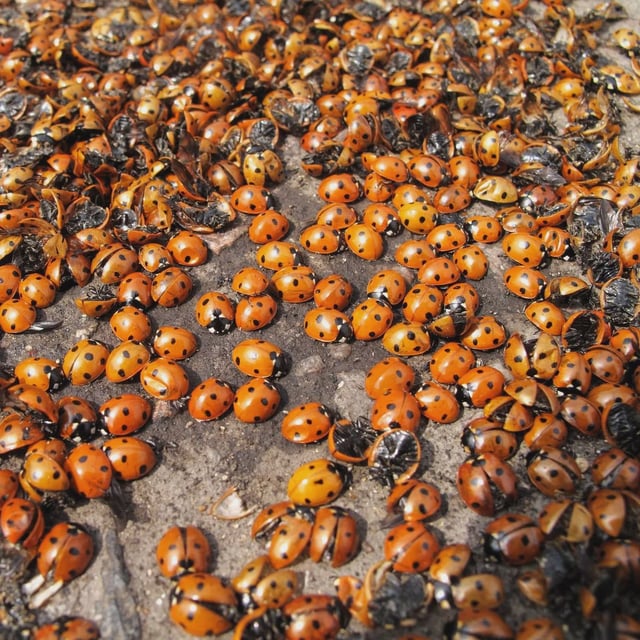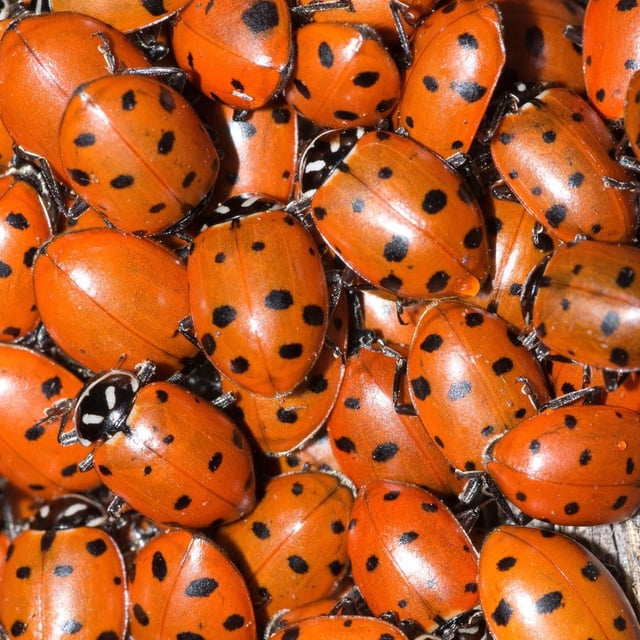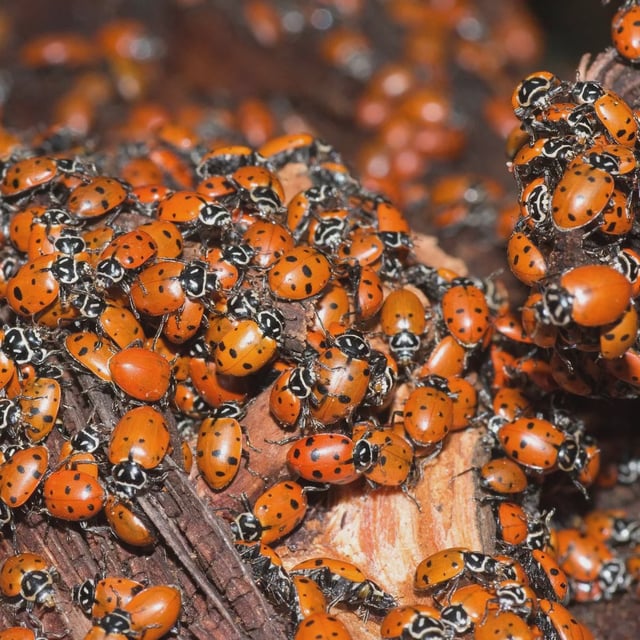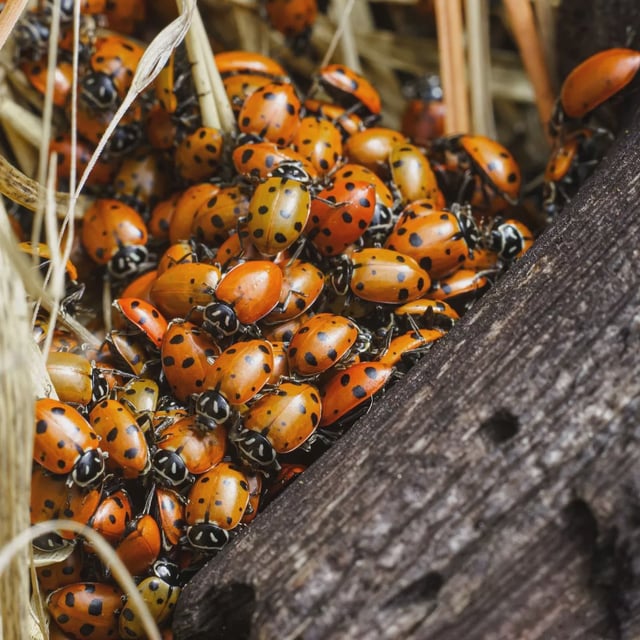Overview
- Residents from Worcestershire and Herefordshire to Stoke-on-Trent, West Norfolk, London and Scotland reported thousands of ladybirds clustering on walls and windows and entering homes on 6–7 October.
- Entomologists say the flights are a routine autumn move to hibernation sites, with a warm early-October day acting as the immediate trigger after a hot summer boosted aphids and ladybird numbers.
- The invasive harlequin ladybird features prominently in the sightings and is known to form large winter clusters in buildings and other sheltered spots.
- Experts advise humane management: gently collect and relocate beetles to sheds or outbuildings, seal gaps around windows and doors, try scent deterrents such as citrus, and seek professional pest control for heavy infestations.
- Wildlife groups are logging reports—Worcestershire Wildlife Trust is inviting photos to map species—and specialists stress the insects are harmless to people and that the swarming typically subsides within about a week.



